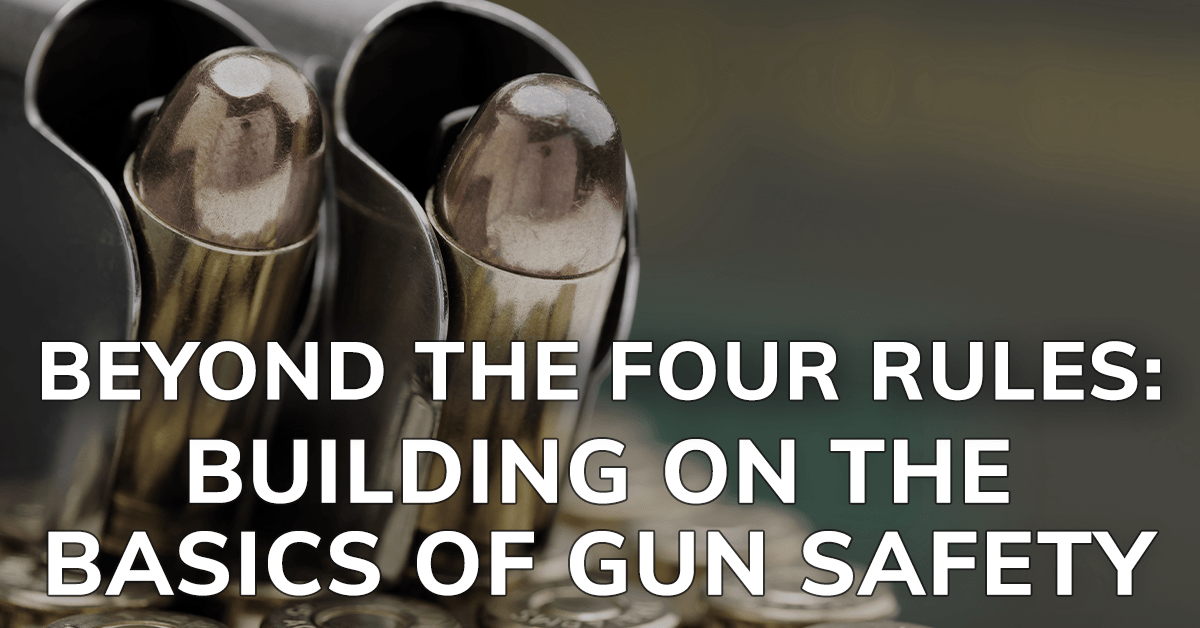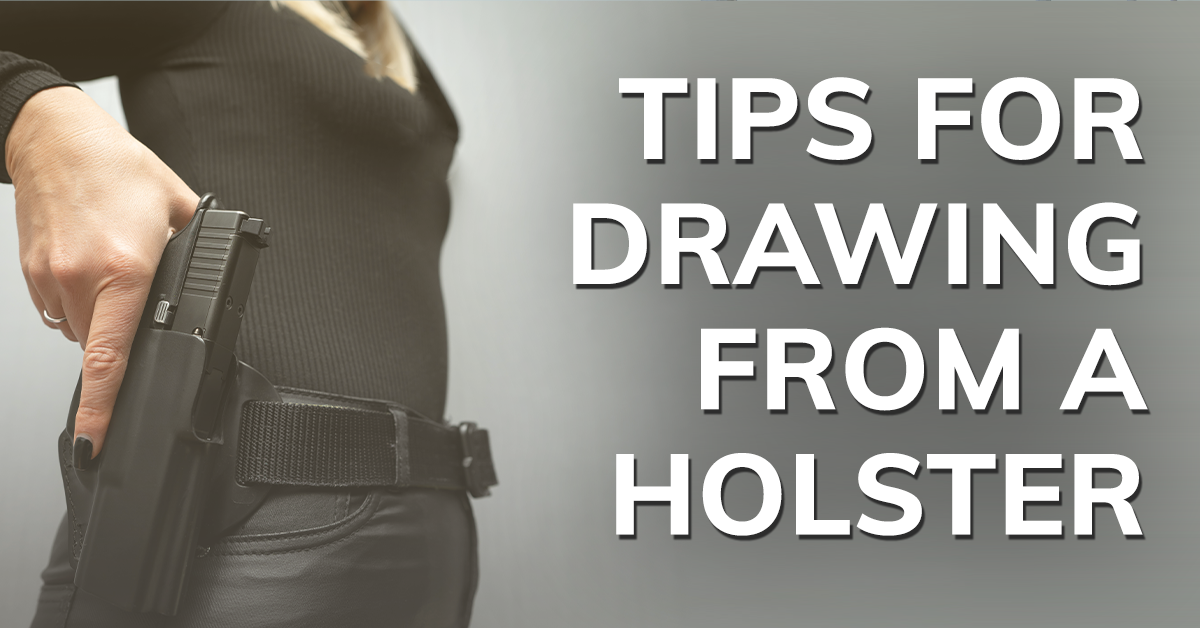Your Cart is Empty
Orders Over $100 Ship FREE (USA)!
Menu
-
- CONCEALED CARRY
- GUN HOLSTERS
- CONCEALED CARRY PURSES
- CASUALLY CONCEALED APPAREL
-
(Apparel with holster pockets or concealed-carry features)
- PARTS & GEAR
- RANGE STYLE
- APPAREL
- JEWELRY
-
E-GIFT CARDS
-
Gift shopping & not sure about size or style? Give a gift card instead!
-
- GIFT IDEAS
- WHAT'S NEW?
- EXPLORE
- Login
- USD


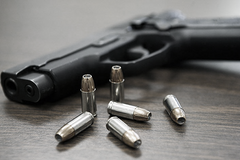 Taken literally, a beginner may feel like it is impossible to unload a firearm. The rule actually means to treat the firearm the same at all times, as if it actually had ammunition in it. Sure, you may have checked it to ensure that it is unloaded. Someone else may have checked it. But do not let that cause you to treat the firearm with any less respect that you would if you knew it had a bullet in it. Far too many accidental discharges and shootings began because the handler believed the firearm to be unloaded when it was not. In summary, act as if the firearm is loaded at all times: At home, at the range, when you are transporting it to your car or when you pick it up to place it in your gun bag.
Taken literally, a beginner may feel like it is impossible to unload a firearm. The rule actually means to treat the firearm the same at all times, as if it actually had ammunition in it. Sure, you may have checked it to ensure that it is unloaded. Someone else may have checked it. But do not let that cause you to treat the firearm with any less respect that you would if you knew it had a bullet in it. Far too many accidental discharges and shootings began because the handler believed the firearm to be unloaded when it was not. In summary, act as if the firearm is loaded at all times: At home, at the range, when you are transporting it to your car or when you pick it up to place it in your gun bag. 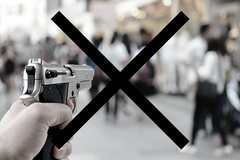 The muzzle of the firearm is the place where the bullet exits on its way to a target. Cover means, essentially, point the gun at someone or something. So, do not point the gun at anyone or anything that you would not want destroyed. Sometimes, this rule is explained as always keep the gun pointed in a safe direction. However, determining safe direction is someplace like a house or a hotel room is not always an easy decision.
The muzzle of the firearm is the place where the bullet exits on its way to a target. Cover means, essentially, point the gun at someone or something. So, do not point the gun at anyone or anything that you would not want destroyed. Sometimes, this rule is explained as always keep the gun pointed in a safe direction. However, determining safe direction is someplace like a house or a hotel room is not always an easy decision.  Any time you are handling your firearm, but not yet ready to shoot your firearm, your index finger should be along the frame of the gun, not inside the trigger guard. If you place your finger on the trigger, you risk the chance that you will fire a shot when you did not intend to do so. Keeping your finger indexed along the frame of the gun is a skill that has to be learned and practiced. It does not come naturally.
Any time you are handling your firearm, but not yet ready to shoot your firearm, your index finger should be along the frame of the gun, not inside the trigger guard. If you place your finger on the trigger, you risk the chance that you will fire a shot when you did not intend to do so. Keeping your finger indexed along the frame of the gun is a skill that has to be learned and practiced. It does not come naturally.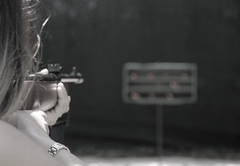 This rule is two-fold. First, target identification or being sure of your target is critical. Don’t assume that bump in the night is caused by a bad guy before you are actually sure that is the case. But not only is it important to identify your target before deciding to shoot, you should know what lies behind your target. If you confront a bad guy in your hallway, make sure that your child’s bedroom is not directly in line behind the bad guy. In a self-defense situation is a public area, you have to make sure that an innocent bystander does not happen to be behind your target.
This rule is two-fold. First, target identification or being sure of your target is critical. Don’t assume that bump in the night is caused by a bad guy before you are actually sure that is the case. But not only is it important to identify your target before deciding to shoot, you should know what lies behind your target. If you confront a bad guy in your hallway, make sure that your child’s bedroom is not directly in line behind the bad guy. In a self-defense situation is a public area, you have to make sure that an innocent bystander does not happen to be behind your target.
